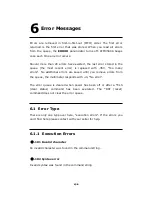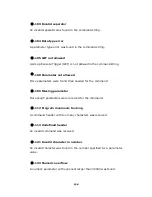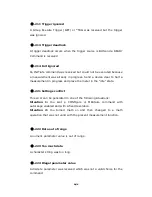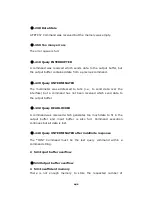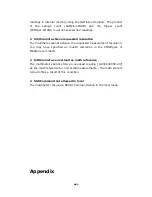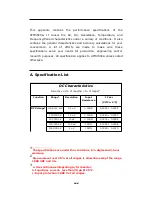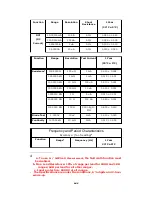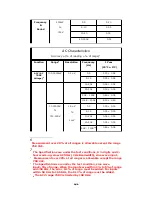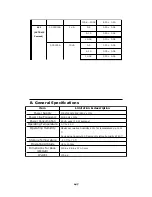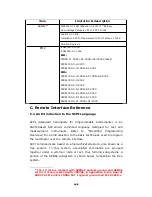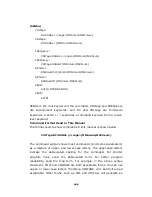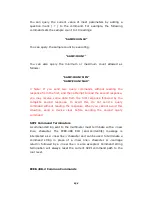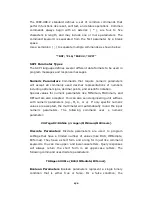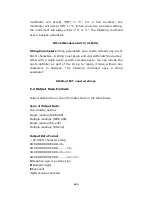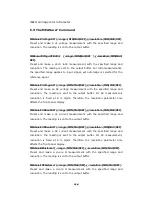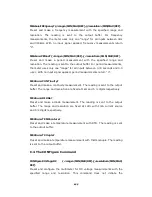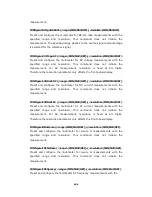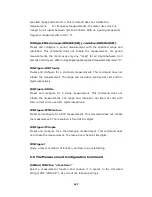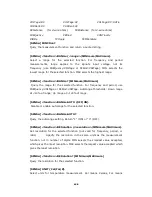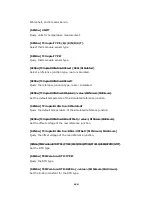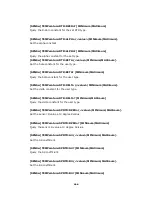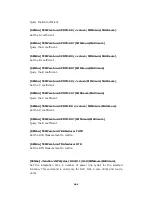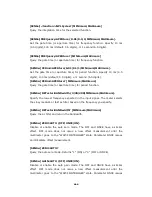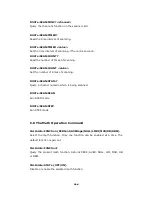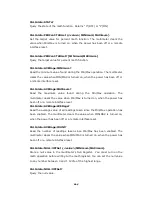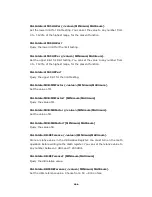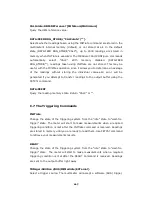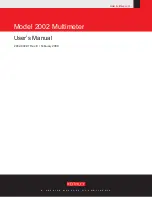
The IEEE-488.2 standard defines a set of common commands that
perform functions like reset, self-test, and status operations. Common
commands always begin with an asterisk ( * ), are four to five
characters in length, and may include one or more parameters. The
command keyword is separated from the first parameter by a blank
space.
Use a semicolon ( ; ) to separate multiple commands as shown below:
"*RST; *CLS; *ESE 32; *OPC?"
SCPI Parameter Types
The SCPI language defines several different data formats to be used in
program messages and response messages.
Numeric Parameters
Commands that require numeric parameters
will accept all commonly used decimal representations of numbers
including optional signs, decimal points, and scientific notation.
Special values for numeric parameters like MINimum, MAXimum, and
DEFault are also accepted. You can also send engineering unit suffixes
with numeric parameters (e.g., M, K, or u). If only specific numeric
values are accepted, the multimeter will automatically round the input
numeric parameters. The following command uses a numeric
parameter:
VOLTage:DC:RANGe {<range>|MINimum|MAXimum}
Discrete Parameters
Discrete parameters are used to program
settings that have a limited number of values (like BUS, IMMediate,
EXTernal). They have a short form and a long form just like command
keywords. You can mix upper- and lower-case letters. Query responses
will always return the short form in all upper-case letters. The
following command uses discrete parameters:
TRIGger:SOURce {BUS|IMMediate|EXTernal}
Boolean Parameters
Boolean parameters represent a single binary
condition that is either true or false. For a false condition, the
152

